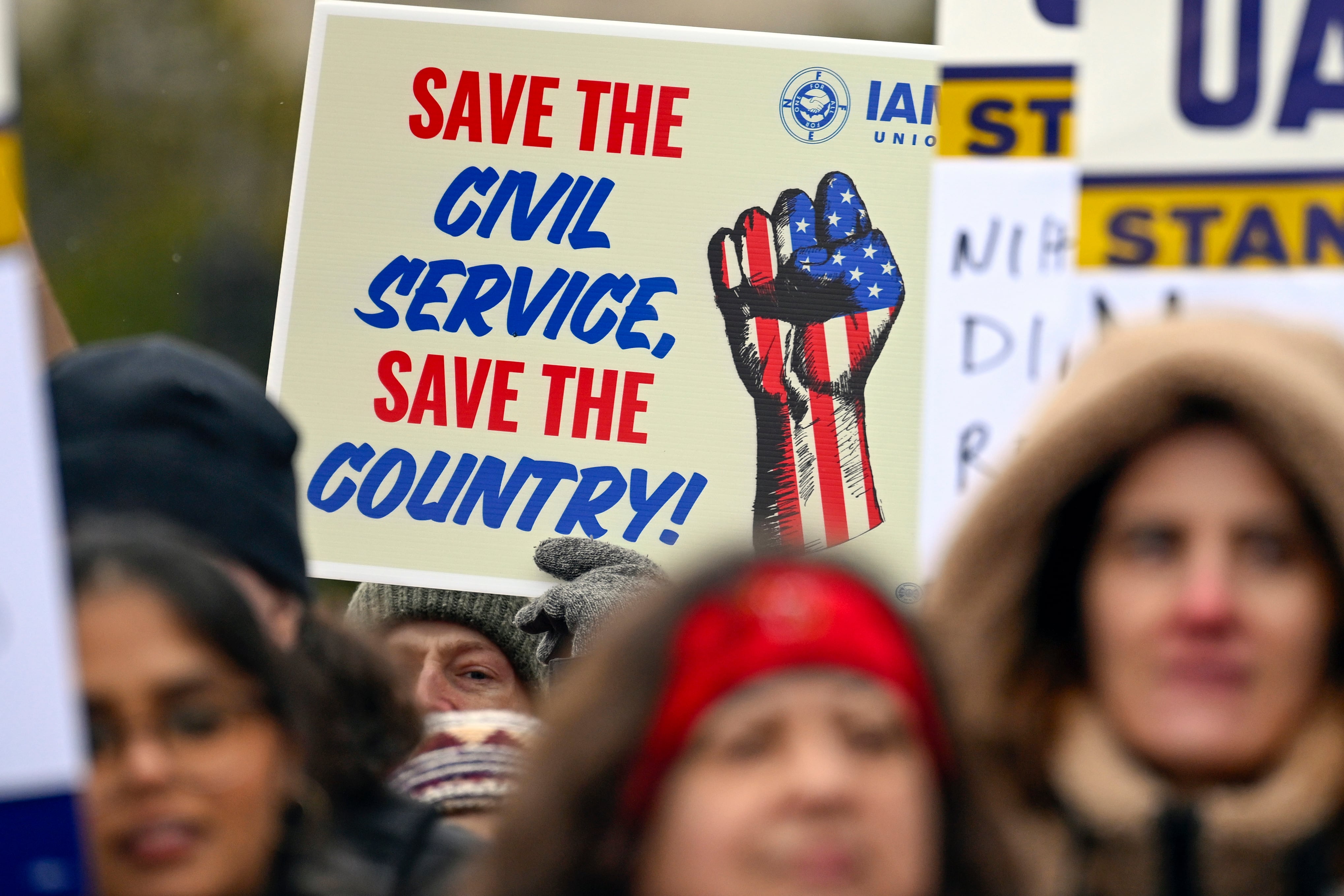JOINT BASE PEARL HARBOR-HICKAM, Hawaii — The Air Force unit that defends Hawaii skies will get experimental energy technology that uses trash to generate power and relies on its own small electrical grid — a system intended to keep the unit operating if a bomb, cyber attack or natural disaster knocks out the local utility.
The Air Force Research Laboratory is spending $6.8 million on a facility that will produce electricity for the Hawaii Air National Guard unit that flies F-22s, the nation's most advanced fighter jet.
Under the plan, the facility and accompanying microgrid would be able to break off and operate independently from Hawaiian Electric.
The project will mark one of the first such uses of a microgrid on an Air Force base and the largest test yet of the trash-to-power system. The system is being tested on a small scale in Illinois.
U.S. Cyber Command chief Adm. Michael Rogers has warned it's a matter of when, not if, attackers will target U.S. power systems. A cyber attack on Ukrainian power companies last year highlighted the vulnerability of power grids.
Retired Brig. Gen. Stan Osserman, a former Hawaii Air National Guard commander who leads a state agency working on renewable energy technology, said the airmen must be able to do their job regardless of the circumstances.
"If their buildings go off power, or if (Hawaiian Electric) has a cyber attack, or if we have a big hurricane that wipes out all their power lines, these guys still have the mission to do," Osserman said. "It doesn't stop."
The ability to generate power independently is key because utilities normally must shut down the entire grid to safely repair a damaged part.
The Hawaii waste-to-energy facility would take plastics, green waste and other trash from the sprawling joint Air Force and Navy base that includes Pearl Harbor and Hickam Field.
It could process as much as 10 tons of trash each day, providing a convenient way to dispose of trees, shrubs and other organic waste that currently must be kept on base to avoid spreading an infestation of coconut rhinoceros beetles, an invasive bug that bores into palm trees.
The facility would also reduce the use of fossil fuel in a state that generates most of its electricity from oil imported on container ships, something that gives Hawaii some of the highest energy costs in the nation.
A similar system could be used on battlefields, said Lt. Col. Scott V. Fitzner, chief of the research laboratory's acquisitions systems support branch. It could allow the Air Force to consider all consumer products sent into a battlefield as fuel and reduce the need for diesel supply convoys that are susceptible to roadside bombs.
Loren Thompson, a defense analyst at the Lexington Institute, noted the military's response to the cyber threat against electrical utilities is very uneven.
"The single most important thing that needs to be done is the military must have senior guidance as to what its cyber defense plans are for assuring electrical power. As of today, the utilities are not going to be reliable protectors of their grids because most of them don't think this is a big problem," Thompson said.
The military also doesn't have the authority to tell private utilities what they should do to protect themselves.
Fitzner said the Hawaii project will allow the Air Force research lab to evaluate different technologies and determine what makes sense in other areas of the world.
"We just can't tolerate not having energy in certain circumstances," Fitzner said.
Smaller electrical grids, or microgrids, are used commercially and in some towns, but military application is more unusual, Fitzner said.
Osserman said the 154th Wing that flies Hawaii's F-22s has a diesel generator and five to seven days of diesel fuel.
The waste-to-energy facility and grid project aims to extend the wing's ability to operate independently by weeks or even indefinitely, said Osserman, currently the director of the Hawaii Center for Advanced Transportation Technologies.




